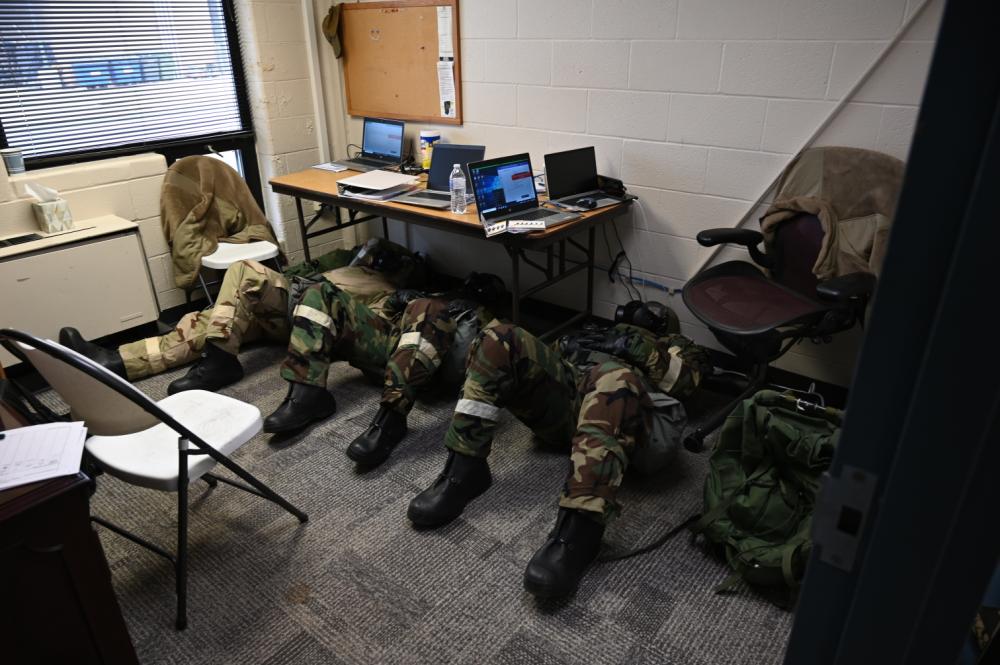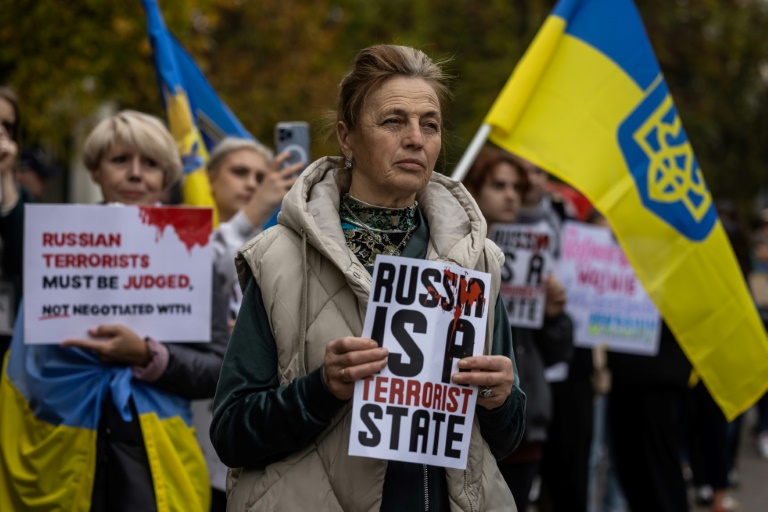DVIDS – News – Maryland Air Guard exercise skills to be ready for warfare
The Maryland Air National Guard conducted a readiness exercise involving Airmen in a simulated deployed environment across Martin State Air National Guard Base from March 2-5.
The exercise, designated Operation Lucky Strike 2023, was built to test and demonstrate the 175th Wing’s ability to survive and operate in a near-peer conflict while executing unit-level critical tasks. All training activities were observed and monitored by unit subject matter experts and the inspector general’s office, which provided feedback to leaders and participants.
“Operation Lucky Strike is a full-scale readiness exercise designed to test our Airmen’s ability to ensure mission essential tasks are met in a contested, degraded, operationally limited environment including CBRN, chemical, biological, radiological and nuclear environments,” said Maryland Air National Guard Capt. Sara Nittinger, 175th Wing director of inspections. “Everything is driven by the new Air Force generation concept, AFFORGEN. It is how we prepare our Airmen for deployments, where they have to be able to demonstrate that they can accomplish their core mission essential tasks in a variety of threat levels.”
During the exercise, wing Airmen had to operate during simulated cyberattacks, power outages, hazardous material accidents, force protection events, and severe weather. The exercise also took place at multiple locations, including Aberdeen Proving Ground and Ft. Meade, testing the wing’s ability to demonstrate agile combat employment, known as ACE.
“In the future, we could be operating in a hostile combat environment that is contested or degraded against an adversary that has peer capabilities – in other words, as capable as us and in some cases maybe more capable,” said Maryland Air National Guard Col. Richard Hunt, 175th Wing vice commander. “They are going to threaten us as much as we threaten them. In order for us to survive, operate, and be effective in a high-risk combat scenario, we need to have the ability to forward deploy to conduct combat operations for a very limited…



